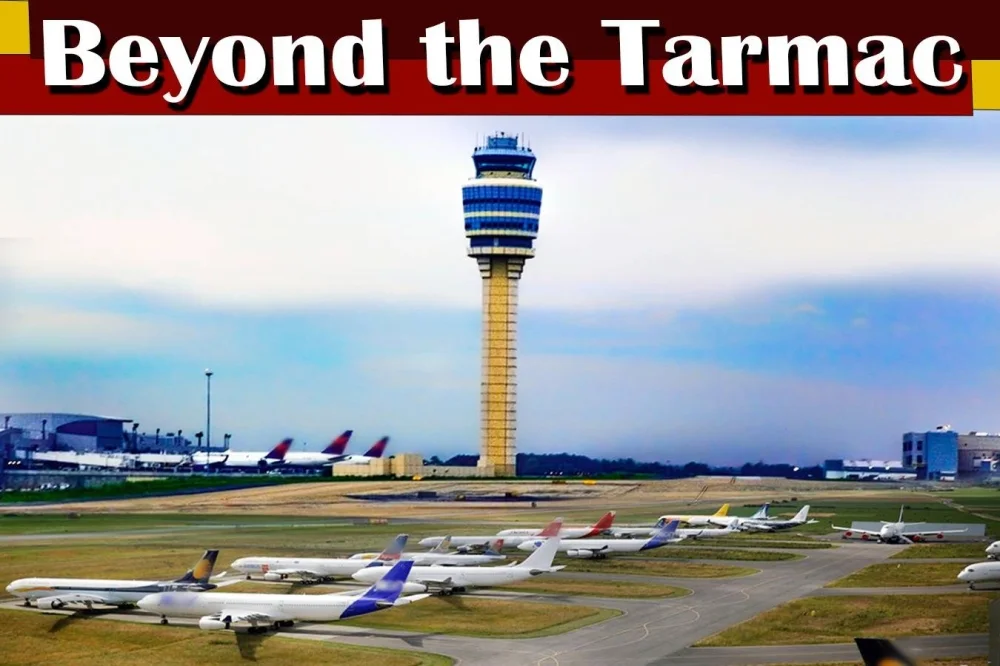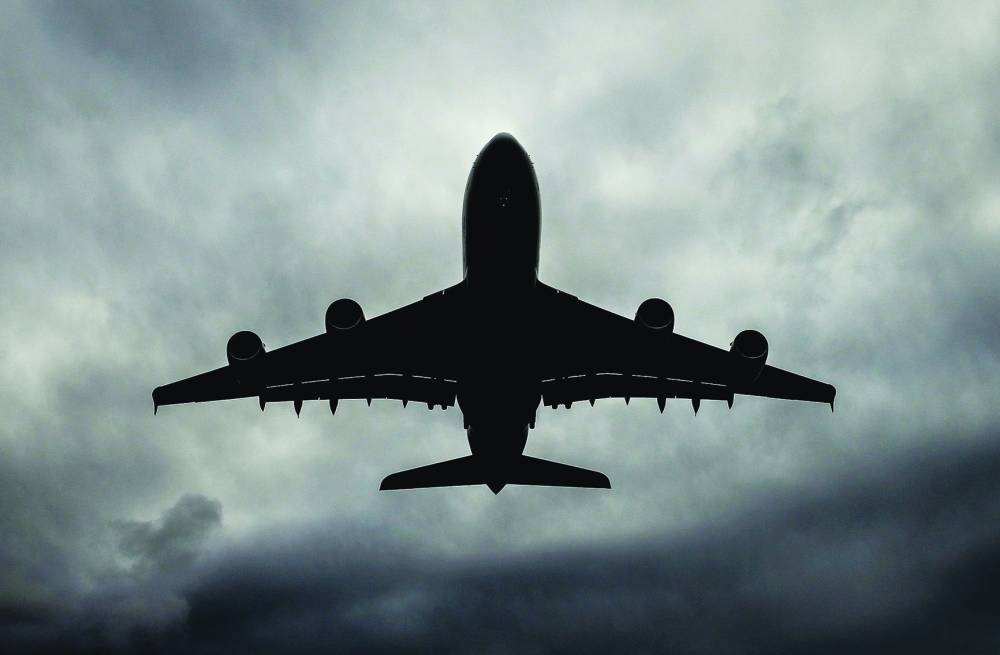
A recent international conference has given a clarion call to achieve 5% carbon reduction by the aviation industry in another six years.
The 3rd Conference on Aviation Alternative Fuels (CAAF/3) hosted by the International Civil Aviation Organisation (ICAO) was an important step forward for the industry as it agreed a global framework to promote sustainable aviation fuels (SAF) production in all geographies.
The agreement calls for fuels used in international aviation to be 5% less carbon intensive by 2030. At this point, at current rates, CO2 emissions for international aviation are expected to reach 682mn tonnes, meaning SAF and low carbon aviation fuel (LCAF) need to abate some 34mn tonnes of CO2.
To achieve this requires about 17.5bn litres or 14mn tonnes of SAF to be produced. Airlines’ desire to buy SAF at this quantity is already there. Forty-three airlines have nearly $50bn of voluntary agreements in place that equate to approximately 13mn tonnes and that will doubtless increase. The demand for SAF is so strong that they added $756mn to a record high fuel bill in 2023, global body of airlines IATA said in a recent analysis.
Supply is a different story, however. In 2023, airlines were able to put just 0.5mn tonnes of SAF into their aircraft. To get to the 14mn tonnes of SAF required by the CAAF/3 agreement, as well as other commitments, means that SAF need to account for about 25%-30% of the 63mn tonnes of renewable fuels that will be produced in 2030.
“In 2023, though, it accounts for only 3%,” says Hemant Mistry, IATA’s director, Energy Transition.
“We had hoped SAF would be about 0.5% of total aviation fuel by now but it is only 0.2%. SAF production is increasing though, and we hope additionally that SAF will be 6% of renewable fuels in 2024, which should get us to SAF representing 0.5% of total jet fuel.”
There are new refineries pledged to SAF support coming online. A new $7.7bn bio-refinery is under construction in Panama, for example. Due to come online in 2027, the bio-refinery is reported to have earmarked SAF as a core product and Panama’s logistical excellence will add to the proposition. And Neste’s Singapore plant was expanded in early 2023.
Furthermore, IATA reports that though only 10 facilities are producing SAF, over 150 projects in 35 countries are being explored that could be used for SAF production by 2029.
Policy support: Even so, significant policy support will be essential. “Governments want aviation to be net zero by 2050,” says Mistry.
“Having set an interim target in the CAAF process they now need to deliver policy measures that can achieve the needed exponential increase in SAF production.”
Incentivising the scaling up of SAF production is a primary focus though mandates are coming into force in the European Union and elsewhere. In total, some 40 countries have either implemented or are known to be discussing SAF-related policies.
Promoting the diversification of feedstocks will be an essential element of any good policy. Approximately 85% of SAF facilities coming online over the next five years will use the hydrotreatment (HEFA) pathway, which relies on inedible animal fats (tallow), used cooking oil, and industrial grease as feedstock. But these substances are limited in quantity and high in price.
Other certified pathways include Alcohol-to-Jet (AtJ) and Fischer-Tropsch (FT), which use bio/agricultural wastes and residue. In fact, there are eight pathways certified for SAF production with an additional seven being assessed in the coming years.
“We need to leverage all SAF technologies to provide diversification and regional options, including those with side-benefits, such as environmental restoration,” says Mistry. “Aggregating wastes or re-cultivating land adds socio-economic benefits, for example, and every region has an opportunity to create new value chains.”
Passenger support: Mistry points to passenger support for aviation’s efforts to encourage SAF production. In a recent survey, 86% of travellers agreed that governments should provide production incentives for airlines to access SAF.
In addition, 86% agreed that it should be a priority for oil companies to supply SAF to airlines.
“As an industry, we are committed to reaching net-zero carbon emissions by 2050,” Mistry noted.
“That means we need a cost-effective and environmentally efficient way to incentivise the scaling up of SAF production but avoid the physical matching of SAF supply and demand in any specific geographic location. There is a long road ahead and oil companies and governments must support our ambition. But we can get there and meet the CAAF/3 goal and other commitments on our way to the 2050 aspirational target,” Mistry said.
Undoubtedly, the significance of carbon reduction by the global aviation industry lies in its contribution to environmental sustainability, climate change mitigation, regulatory compliance, technological innovation, economic considerations, and fostering global collaboration to address a shared environmental challenge.


